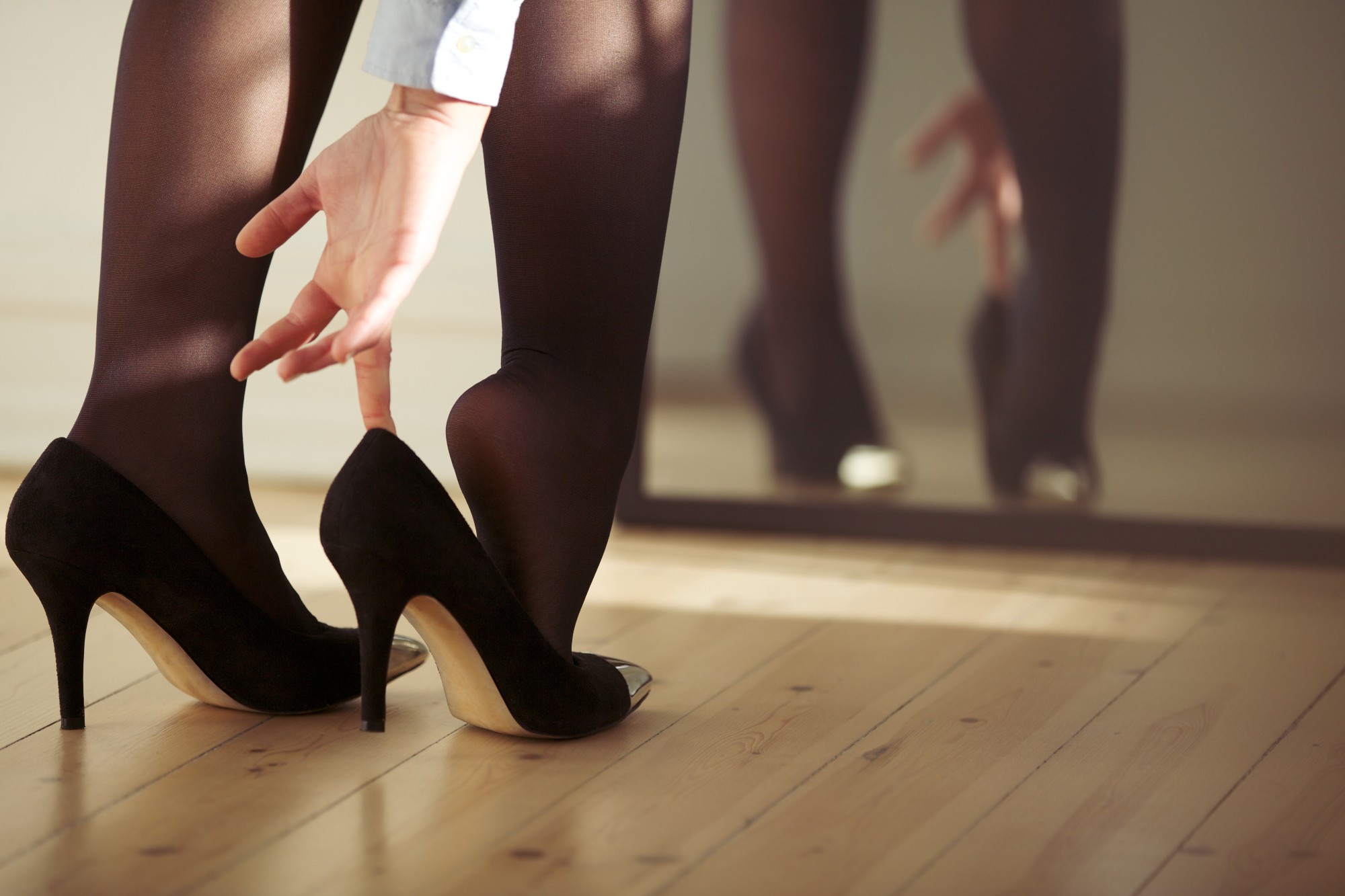
Lymphedema and lipedema sound similar, and they have some symptoms in common. Medical professionals often misdiagnose both as obesity. Despite those similarities, they are two distinct conditions, and you must seek different treatments for lymphedema and lipedema.
Too often, doctors misunderstand these conditions. Still, several telltale signs set lipedema and lymphedema apart from each other and other issues. If you suffer from a condition you suspect is lymphedema or lipedema, you should seek medical guidance from a trusted professional. Learn more about both issues to see if either seems likely to be the cause of your discomfort.
Lipedema almost always affects women. It involves the symmetrical accumulation of fluid fat in the thighs, hips, upper arms and lower legs. Lipedema fat vs. normal fat is different because lipedema can hurt. It involves inflammation and swelling that worsens when you stand.
The progressive disorder will worsen without treatment, and it can even make it hard to move around. Areas impacted by lipedema may hurt when touched. It is a hereditary condition, and researchers believe women’s hormones may cause it since so few men have the disorder.
Lymphedema is a lymphatic system disorder.
The lymph fluid’s flow gets disrupted in the extremities, which leads to inflammation and damage. Generally, the condition affects one leg or arm, and it can happen following cancer treatment. Lymphedema may also be unrelated to medical intervention. It can also occur alongside infections.
Living with lymphedema in your legs may be frustrating, but it is not painful, and it doesn’t cause your legs to bruise easily like lipedema. Though lymphedema is often mistaken for obesity, the latter can be co-occurring and contribute to the condition’s development.
One of the main differences between these disorders is that lipedema involves accumulating fat, while lymphedema symptoms involves fluids. Though the conditions are separate, lipedema can lead to lymphedema. This co-occurrence only happens in some cases. Another significant difference is that patients with lipedema see both legs becoming larger, impacting them equally. Lymphedema, on the other hand, usually only affects one side. If it does happen on both sides, the swelling will be asymmetrical, and one leg may still be much larger than the other.
Lipedema patients can apply pressure to their tissue without leaving an indentation. When a patient applies pressure to tissue affected by lymphedema, it will cause pitting.
Treatment for lymphedema may include:
Treatment for lipedema encompasses many of the same things. Massage and compression can be effective, and exercises like walking encourage blood flow. Water-assisted liposuction removes lipedema fat through multiple treatments.
If you suspect you have either disorder, Central Florida Vein & Vascular Center can help with diagnosing and treating lymphedema and lipedema. Contact us today to schedule an appointment.